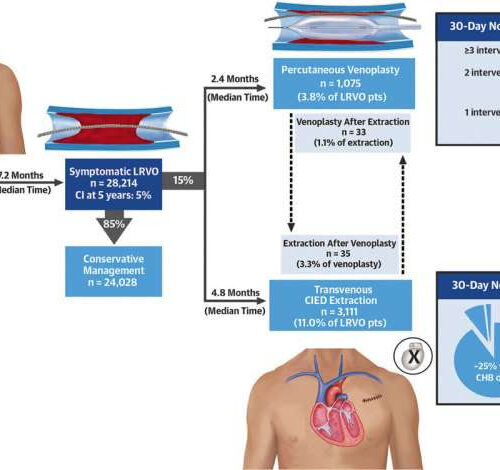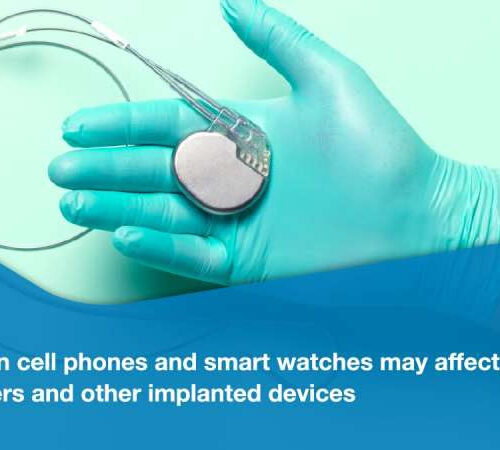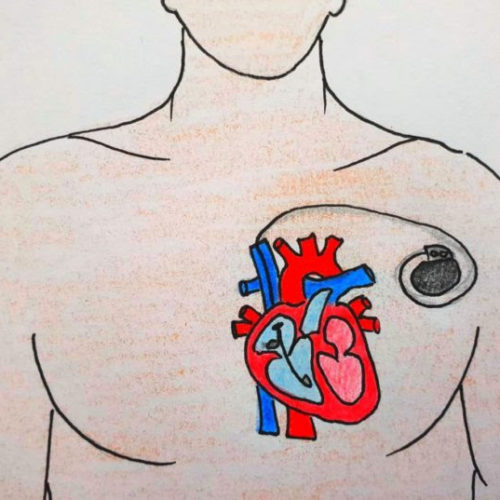by Jacqueline Mitchell, Beth Israel Deaconess Medical Center Credit: Journal of the American College of Cardiology (2023). DOI: 10.1016/j.jacc.2023.04.017 About 3 million Americans live with cardiovascular implantable electronic devices—commonly known as pacemakers. These small electronic devices implanted in the chest or abdomen are typically used to treat slow or irregular heart rhythms and they can significantly improve patients’ quality of...
Tag: <span>pacemakers</span>
New cell phone and smart watch models can interfere with pacemakers and defibrillators
by Elsevier New research findings verify FDA recommendation for patients with implanted medical devices to keep their smart phones and watches at least six inches away to avoid interference with implanted medical devices. Credit: US Food and Drug Administration After reports of smart phone and watch interference with implanted medical devices, investigators affiliated with the Center for Devices...
New piezoelectric generators will make self-powered pacemakers possible
Various wearable electronic devices need regular charging of their batteries – you already know that. However, some devices in people’s bodies are not that good with their batteries. For example, pacemakers require maintenance and batteries need to be changed. But what if they could be powered by the heartbeat itself? With the new flexible and...



